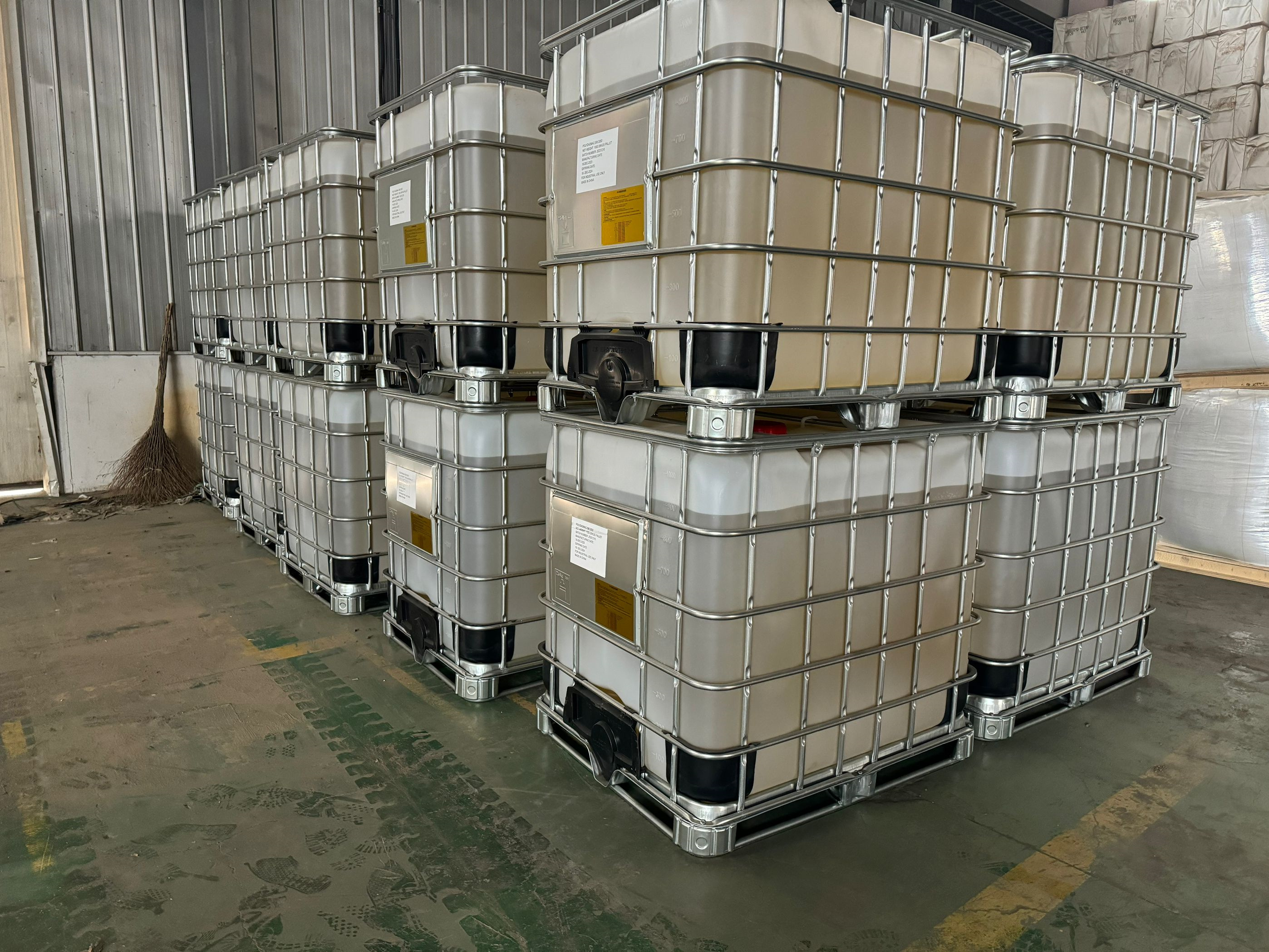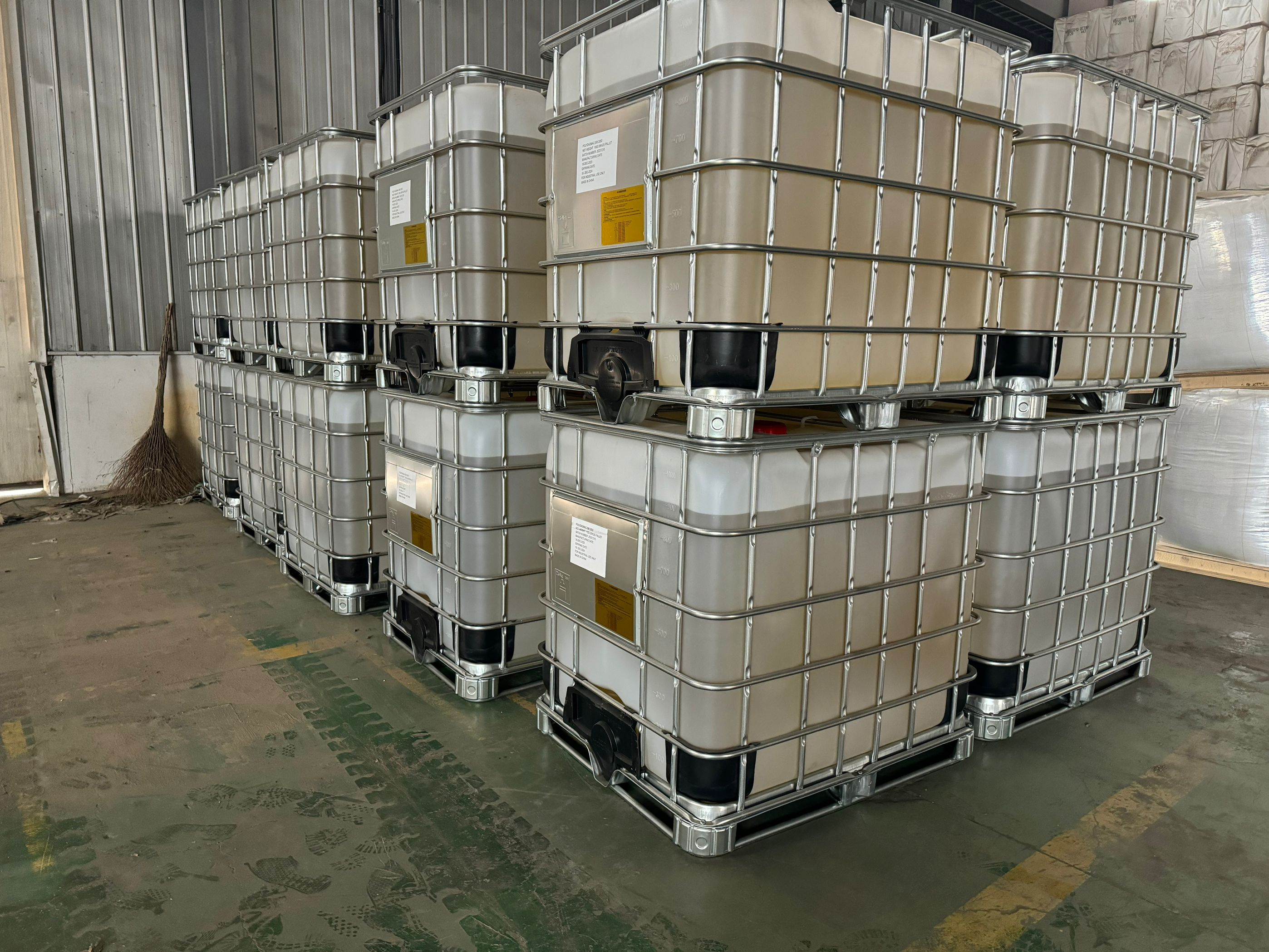Polyacrylamide (PAM) is a linear polymer, chemical formula is (C3H5NO) N. It is a hard glassy solid at room temperature. The products are liquid glue, latex and white powder particles, translucent beads and flakes. Good thermal stability, can be dissolved in water at any proportion, aqueous solution is uniform transparent liquid. After long-term storage, the solution viscosity will decrease due to slow degradation of polymer, especially when the storage conditions are poor. PAM is widely used in water treatment, paper making, food industry, etc.
Anionic polyacrylamide of Magnafloc LT25 LT27 can be replaced by Asiafloc PWG
Anionic polyacrylamide of Magnafloc LT25 LT27 can be replaced by Asiafloc PWG
1. Introduction
Polyacrylamide (PAM) is a linear polymer, chemical formula is (C3H5NO) N. It is a hard glassy solid at room temperature. The products are liquid glue, latex and white powder particles, translucent beads and flakes. Good thermal stability, can be dissolved in water at any proportion, aqueous solution is uniform transparent liquid. After long-term storage, the solution viscosity will decrease due to slow degradation of polymer, especially when the storage conditions are poor. PAM is widely used in water treatment, paper making, food industry, etc.
2. Types of polyacrylamide
Polyacrylamide according to its charge can be divided into cationic PAM, anionic PAM, non-ionic PAM and amphoteric ionic PAM.
2.1 Cationic polyacrylamide
The quaternary ammonium in the molecular structure of cationic polyacrylamide is positively charged, and most of the colloid in sewage is negatively charged, so the cationic polyacrylamide is used more. Cationic PAM treatment of sewage, the removal of negatively charged particles in sewage by electric neutralization, adsorption bridging. Cationic PAM has the effect of coagulation to remove impurity particles; Has certain bactericidal function, because it has quaternary ammonium group; Reduces the total organic carbon content in water because of hydrophobic alkyl.
2.2 Anionic polyacrylamide
Anionic polyacrylamide is generally composed of acrylamide and anionic monomer polymerization. It can also be prepared by non-ionic hydrolysis. Carboxyl and sulfonic groups are more common in anionic monomers, among which the carboxyl group is easily affected by pH value, while the sulfonic group performs better in acidic conditions and has higher resistance to calcium and magnesium ions.
2.3 Amphoteric ionic polyacrylamide
Amphoteric polyacrylamide generally consists of anionic and cationic groups of monomers through copolymerization or modification. In practical application, amphoteric polyacrylamide will show different properties under different water quality conditions, usually not only has the characteristics of other flocculants, but also has intermolecular wrapping effect, so its treatment range is wide.
2.4 Non-ionic polyacrylamide
Nonionic polyacrylamides have no charged groups and, therefore, almost no electrical neutralization. However, the treatment effect can be achieved through the adsorption bridging effect of the extended long chain, and the treatment effect has a great relationship with the molecular length. In addition, the -ConH2 group in its molecular chain can protonate, hydrogen bond and adsorption-bridge with colloidal particles, thus removing colloidal particles in water.
3. Application of polyacrylamide
3.1 Cationic type
Cationic polyacrylamide is mainly used in industrial solid-liquid separation process, including sedimentation, clarification, concentration and sludge dewatering process. The main industries of application are: municipal sewage treatment, papermaking industry, food processing industry, petrochemical industry, metallurgy industry, mineral processing industry, dyeing industry and sugar industry, etc. Used in urban sewage and meat, poultry, food processing wastewater treatment process of sludge precipitation and sludge dewatering by its organic colloid electrical group of sludge negative charge neutralization and excellent polymer bridging coagulation function, prompting colloid particles gathered into large pieces of floc, separated from the slurry.
3.2 Anionic type
Anionic polyacrylamide is mainly used for all kinds of industrial wastewater flocculation sedimentation, precipitation clarification treatment, such as steel plant wastewater, electroplating plant wastewater, metallurgical wastewater, coal washing wastewater and sewage treatment and sludge dehydration. In addition, it can also be used for drinking water clarification and purification treatment. Because its molecular chain contains a certain number of polar groups, it can form large flocs by absorbing solid particles suspended in water, accelerate the sedimentation of particles in suspension, and have very obvious effects of speeding up solution clarification and promoting filtration.
3.3 Amphoteric ion type
Polyacrylamide amphoteric ionic to reduce the performance of surface tension is far greater than the ability of cation or anion alone under the same conditions, in order to achieve the requirements of reducing surface tension, the need to use anionic and cationic polyacrylamide, such as improper use, will produce white sediment, lose the use effect. And with the characteristics of amphoteric ion products, it can complete the coordination of anions and cations, and there will be no precipitation, especially for the water quality is more complex or the nature of water often change, the use of amphoteric ion polyacrylamide as a treatment of flocculant is more convenient, the effect is better. Amphoteric polyacrylamide can also be used as sludge dehydrating agent.
3.4 Non-ionic type
Non-ionic polyacrylamide is more suitable as flocculant when the suspended wastewater is acidic. At this point, non-ionic polyacrylamide plays an adsorption bridging role, so that the suspended particles produce flocculation precipitation, to achieve the purpose of purifying sewage. Can also be used for the purification of tap water, especially with the use of inorganic flocculant, in water treatment effect is better. Non-ionic polyacrylamide can also be used as textile industry additives, sand prevention and fixation additives, soil moisture agent.
4. Key indicators
The molecular weight of 4.1
Polyacrylamide has high molecular weight from millions to tens of millions. According to the molecular weight can be divided into polyacrylamide: low molecular weight (less than 1 million), medium molecular weight (1-10 million), high molecular weight (10-15 million), ultra high molecular weight (more than 15 million). Different molecular weights usually have different uses. Low molecular weight PAM is generally used as a dispersant; Medium molecular weight PAM is generally used as paper dry strength agent, high molecular weight PAM is generally used as flocculant.
4.2 Degree of hydrolysis and ionic degree
The ionic degree of polyacrylamide has a great effect on its application. The specific use of the ionic degree of PAM is the best effect, according to the treatment of wastewater characteristics. There will be different optimal values under different conditions, if the ionic strength of wastewater is higher (including more inorganic substances), the ionic degree of PAM should be higher, otherwise it should be lower. Usually, the degree of anion is referred to as the degree of hydrolysis. And the ionic degree generally refers to the cation.
4.3 Amount of residual monomer
The residual monomer content of polyacrylamide refers to the acrylamide monomer content in the polymerization of acrylamide into polyacrylamide, which is not complete and ultimately remains in the polyacrylamide products. It is an important parameter to weigh whether it can be applied to the food industry. Polyacrylamide is non-toxic, but acrylamide has some toxicity. In industrial products of polyacrylamide, it is hard to avoid residual trace of unpolymerized acrylamide monomer. Therefore, it is necessary to strictly control the residual monomer content in PAM products. The international standard for PAM used in drinking water and food industry does not exceed 0.05% residual monomer content. The figure for famous foreign products is less than 0.03%.
4.4 viscosity
Polyacrylamide flocculant solution is very thin. The higher the molecular weight of PAM solution, the greater the viscosity. This is because PAM macromolecules are long and thin chains with great resistance to movement in solution. The essence of viscosity is to reflect the size of friction force in solution, also known as internal friction coefficient. The viscosity of all kinds of polymer organic solutions is higher and increases with the increase of molecular weight. A method to determine the molecular weight of polymer organic matter, polyacrylamide is to determine the viscosity of a certain concentration of solution under certain conditions, and then calculate its molecular weight according to a certain formula, known as the "viscosity average molecular weight". The viscosity of polyacrylamide used for water treatment should not be too large, which is not conducive to the capture and bridging of colloidal particles.
5. Influence of external factors
There are many external factors affecting the flocculation effect of PAM, and several important factors are introduced below.
5.1 pH value of wastewater
PH value has great influence on the properties and effects of flocculant, charge and potential of colloidal particle surface. Different PAM models have different pH ranges. Anionic PAM is suitable for pH ranging from 5 to 14. Cationic PAM is suitable for pH range of 7-14; Non-ionic PAM is suitable for pH range from 2 to 8.
5.2 Wastewater temperature
Wastewater temperature can affect the reaction rate. When the temperature is too high and the reaction speed is too fast, the flocs formed are small. When the temperature is too low, the reaction speed is slow and the water treatment capacity is affected. In addition, PAM can not completely dissolve when the temperature is too low, and the molecular chain can not properly trap impurity particles.
5.3 Mixing speed and time
Stirring speed and time affect the contact between flocculant and colloidal particles. Too fast speed, too long time, will make the flocs broken into small particles, not conducive to precipitation. Too slow speed, too short time, is not conducive to the uniform dispersion of flocculant, is not conducive to the contact between flocculant and solid particles, is not conducive to flocculant to capture colloidal particles.






